The Vickers Gun — Britain’s World War Warrior
May 4th, 2021
8 minute read
While firearms such as the Single Action Army revolver and the Winchester repeating rifle have been described as the guns that won or tamed the American West, the Maxim machine gun certainly was the weapon that expanded the British Empire. In truth, the Empire was built thanks to the Brown Bess and later the Martini Henry rifles, but it was the Maxim that is remembered in a sing-song phrase coined by British poet Hillaire Belloc who wrote, “Whatever happens, we have got, the Maxim Gun and they have not.”
The British military was among the first to see the potential in the gun created by the American-born, British inventor Sir Hiram Stevens Maxim, and it has been credited with being “the weapon most associated with the British imperial conquest.” Used at a time when the British Empire had reached its zenith, the weapon certainly played a significant role in the First Matabele War in Rhodesia (modern day Zimbabwe), where 700 soldiers and five Maxim machine guns helped fend off a force of some 5,000 warriors.
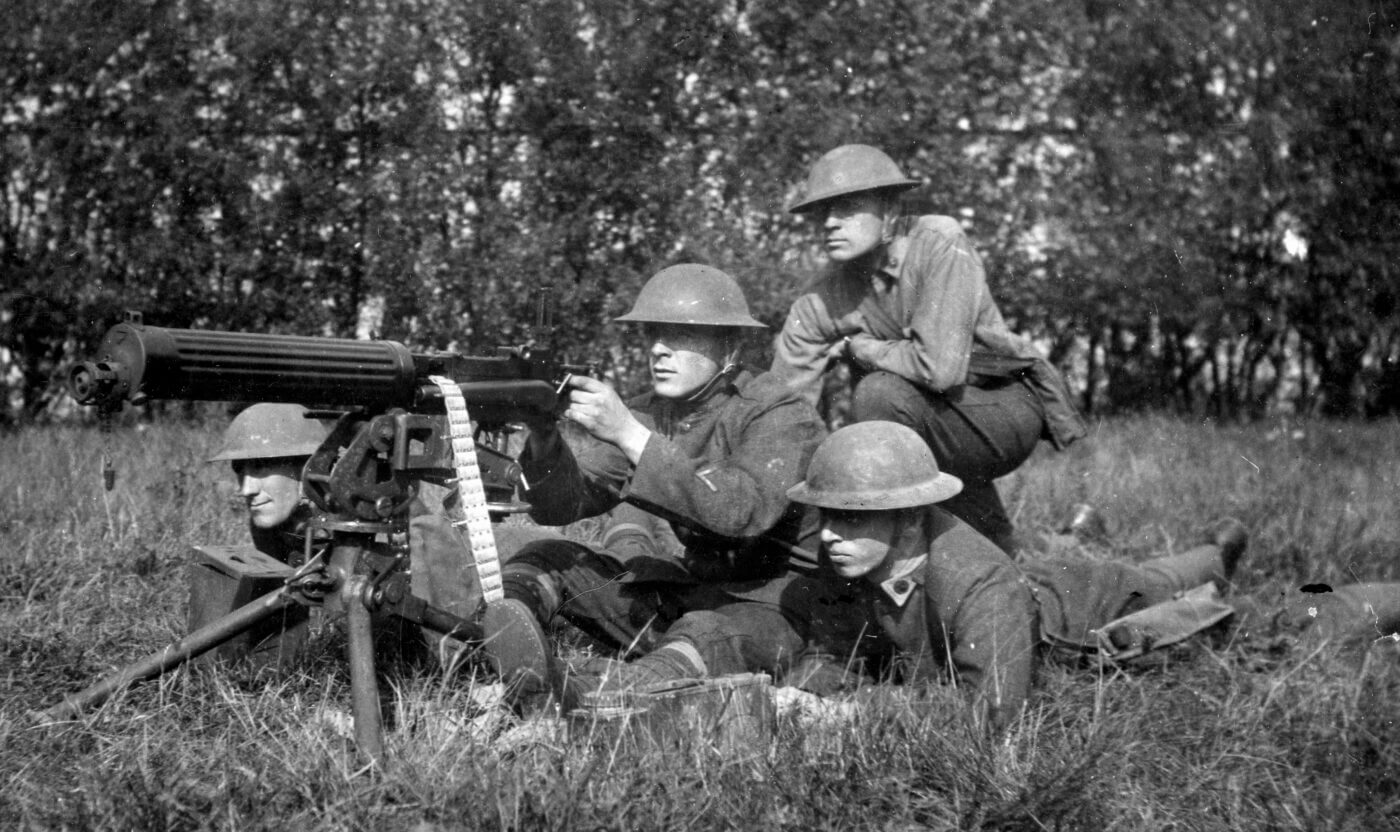
At the 1898 Battle of Omdurman in the Sudan, the British employed 52 Maxim guns and modern artillery against a force of fanatical Mahdist warriors who still carried mostly swords and spears while wearing antiquated chain mail that made it seem like an army from centuries earlier. While the Madhist forces had the numbers, it was the power of the machine gun fully demonstrated that tipped the scales. Few of those fervent warriors ever were able to get closer than 50 yards, and when the battle was over 12,000 Sudanese were killed, 13,000 more were wounded and 5,000 captured.
The British losses were less than 50 dead and less than 400 wounded — and many of those came as the result of a cavalry charge conducted in the latter stages of the battle. Among those men who took part in what was called the last classic charge of British cavalry was a young Winston Churchill.
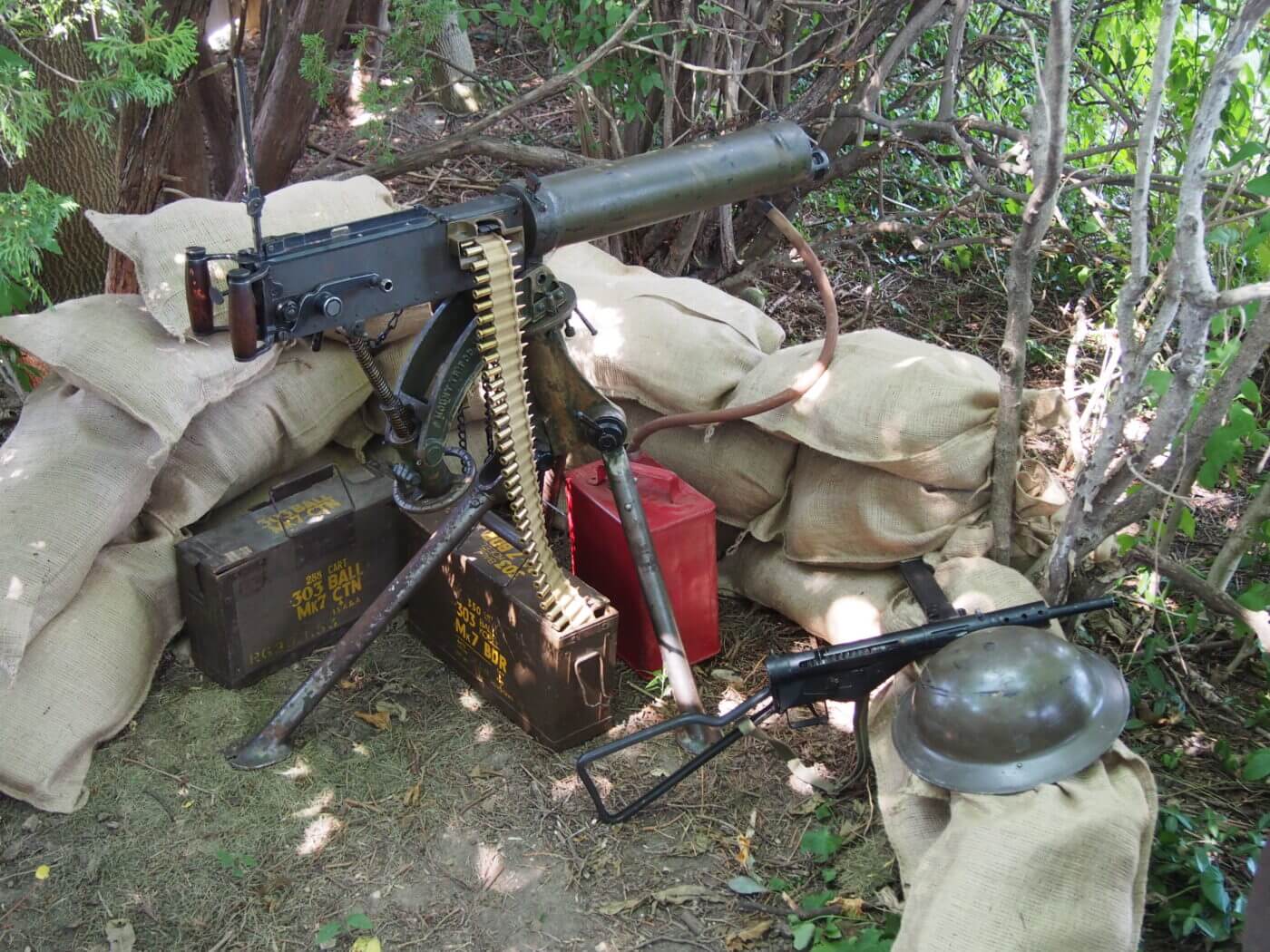
It was arguably the most one-sided battle in modern history, and the Maxim became notorious for its killing power.
However, by the time Europe went to war just 16 years later, the British would face enemies that also had machine guns based on the Maxim designs as well as other equally devastating machine guns. Yet the British Army would be armed with the next evolution of the Maxim.
Meet the Vickers
The British had been among the first to see the merits of the Maxim, but the British-based Vickers Limited also saw its limitations. The firm actually bought the Maxim Company outright in 1896, and it took Hiram Maxim’s design and greatly improved upon it. That included inverting the mechanism while at the same time reducing the weight by lightening and simplifying the action.
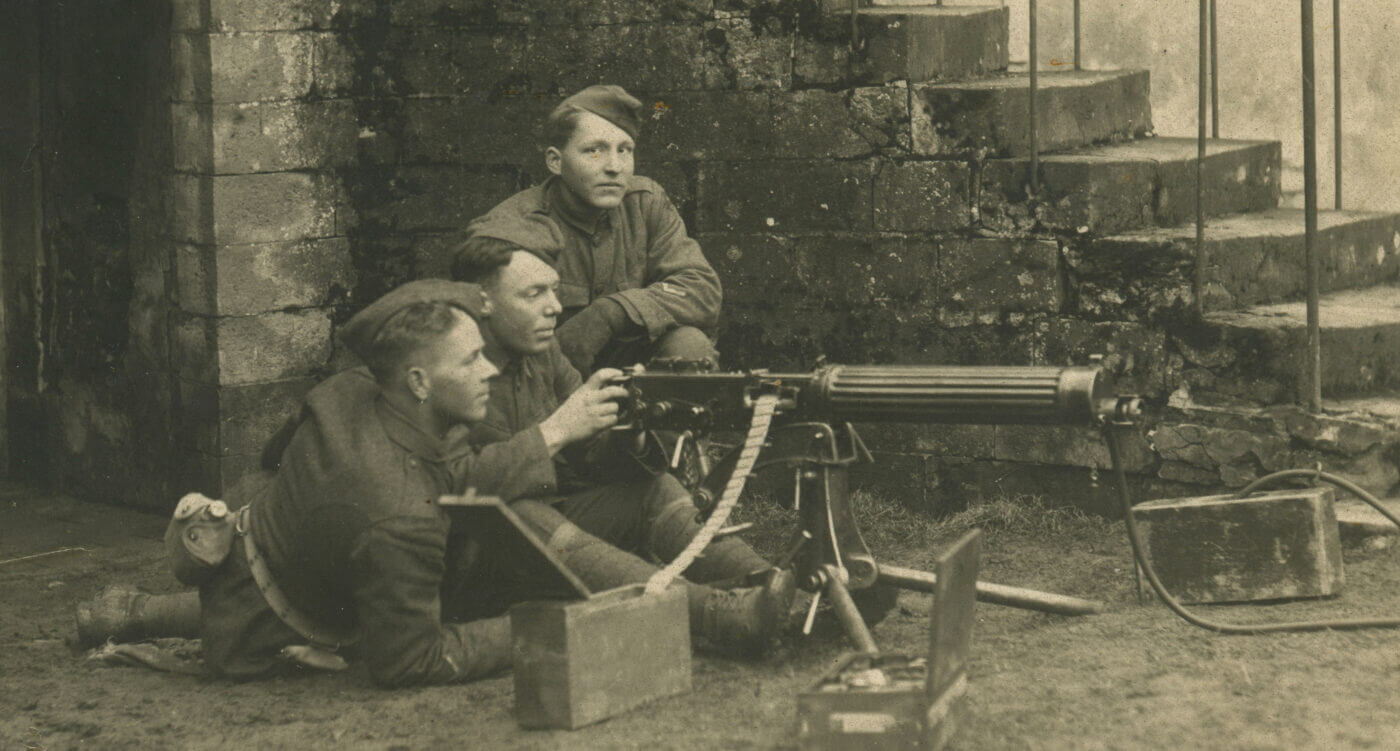
Many of the early Maxims utilized brass components, which gave the weapon an elegant look — but it resulted in a heavy weapon that was simply impractical for a modern war. Additionally, the early Maxim machine guns were typically mounted on oversized carriages, which meant the machine gun was employed like an artillery piece. It may have made sense when combating a massed force such as the Mahdist Army, but the carriages actually limited the mobility.
The British were the first to see the merits of a more compact tripod — one that included folding legs and could be more easily transported by a military on the move. This also allowed the weapon to be used in tighter defensive positions.
Interestingly, the Vickers upgrade was not a quick process — and when the First World War broke out in August 1914 the British Territorial Forces — which Germany’s Kaiser Wilhelm II described as the “contemptible little army” — was equipped with older Maxims. Vickers, which could be described as an early 20th defense contracting giant, was even threatened with prosecution for war profiteering for increasing the price of the weapons when the war broke out. As a result the price was slashed, production was ramped up and the Vickers machine gun was rushed to the fronts.
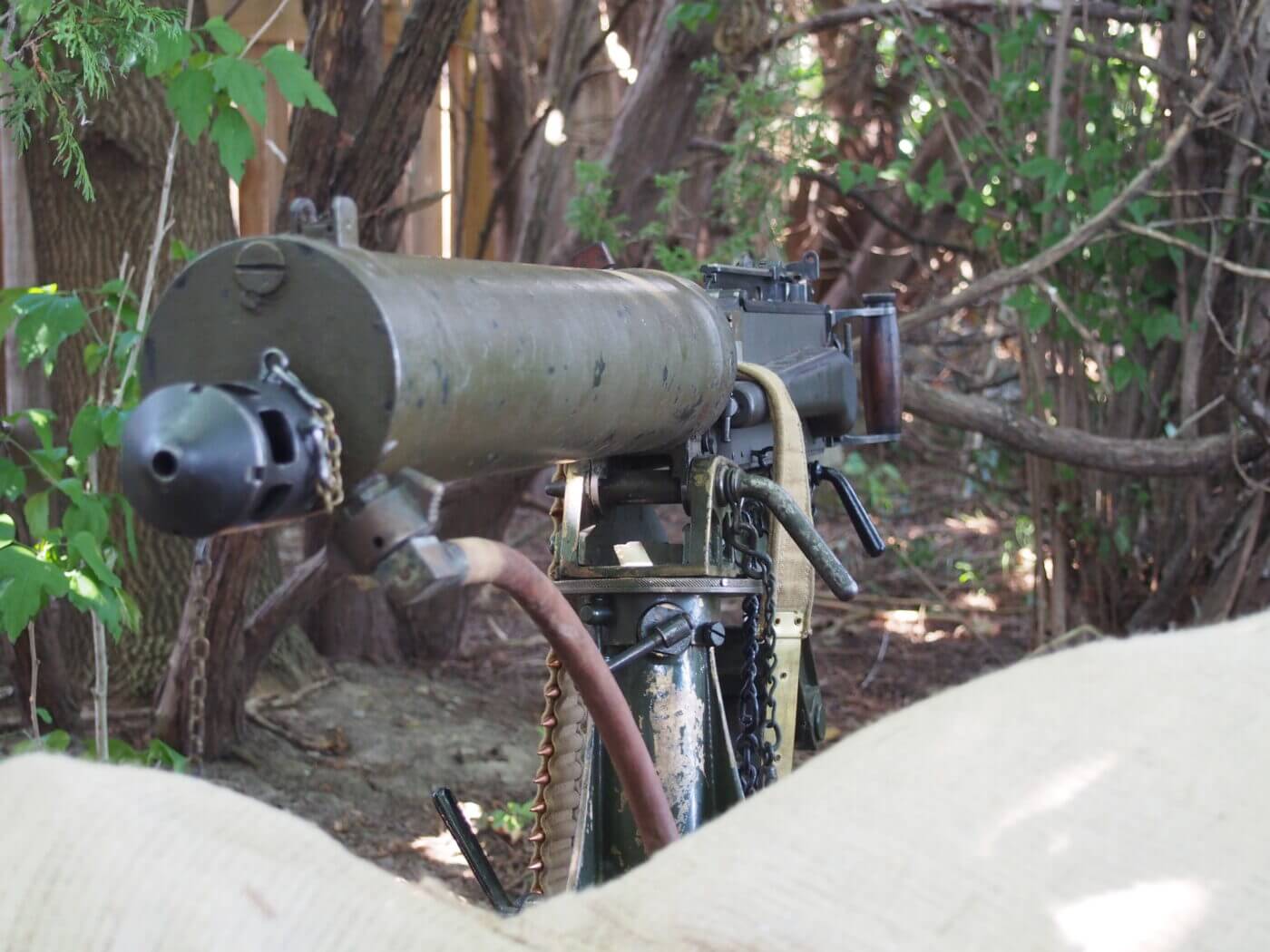
Throughout the First World War, the Vickers was chambered for the .303 British cartridge that was employed in the Lee Enfield bolt action rifles, but later when the United States entered the war a variation was produced in .30-06 Springfield so that American units would also have use of it.
The Vickers machine gun, which was among the first Maxim designs to feature a muzzle booster, was (like the original Maxim concept) recoil operated. It had an effective range of about 2,000 meters and a maximum range of 4,100 meters. Its rate of fire was a steady 450 to 500 rounds per minute and it was developed as a water-cooled machine gun. The gun featured a large waterjacket that surrounded the barrel and kept it from overheating, a concept common with machine guns of the era.
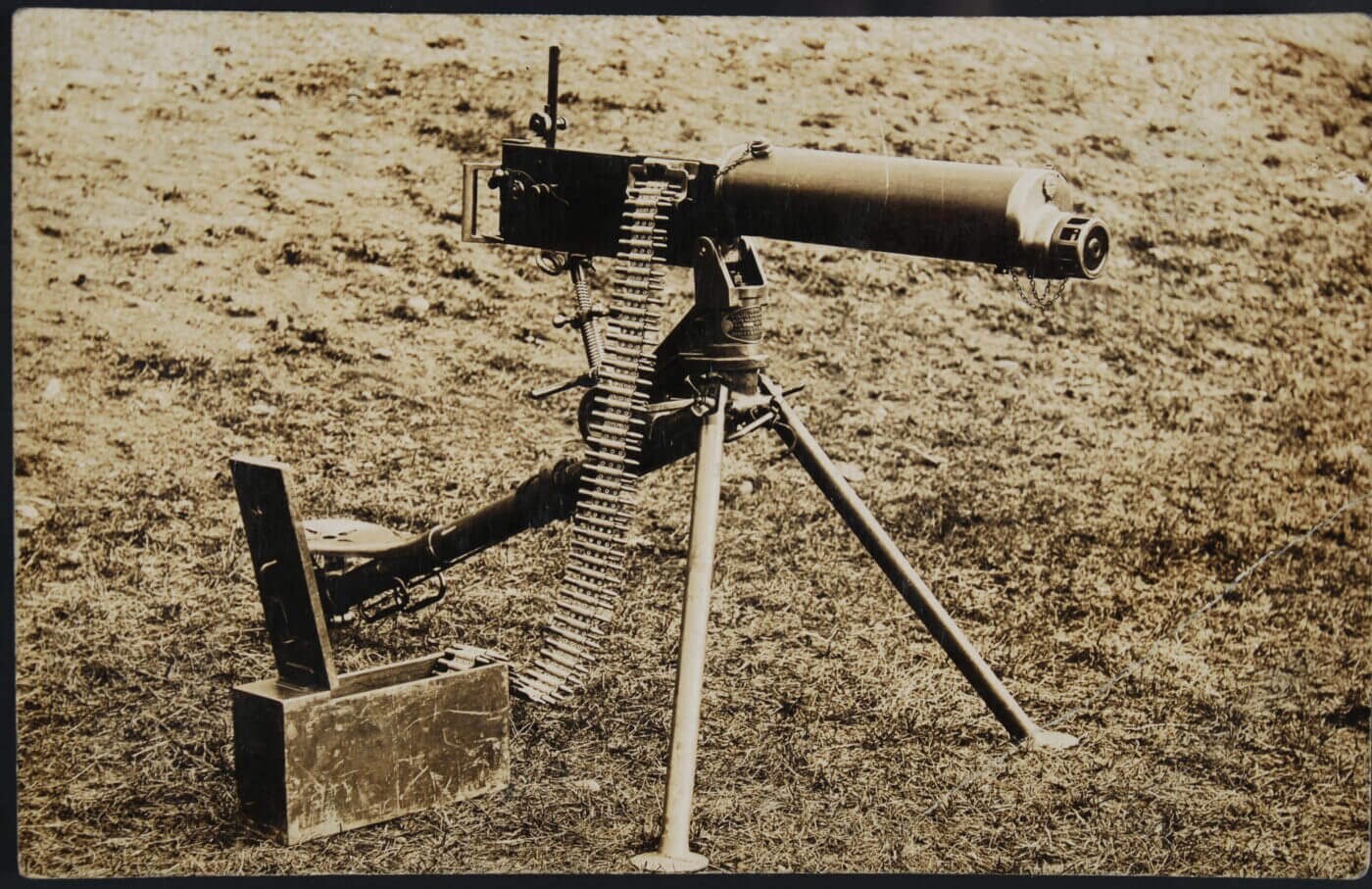
Unlike the German MG08, which typically required a crew of four due in part to the heavy sledge mount, the Vickers could generally be crewed by just three men. It was widely employed on a brass or later steel tripod while it was fed from 250-round canvas belts.
The Machine Gun Corps
The German military attempted to develop a more mobile version of its Maxim-based MG08 as the MG08/15, but the British military employed the Lewis Gun as the standard light machine gun. In fact, when the Lewis Gun was adopted the Vickers guns were redefined as a heavy machine gun, withdrawn from infantry units and instead deployed in the newly-created Machine Gun Corps (MGC), which was formed in 1915. The unit was the first to use tanks in combat — as the Vickers was among its main armament — but as the tanks received heavy weapons including cannons, the armored behemoths were subsequently regrouped under the Tank Corps, which became the Royal Tank Regiment.
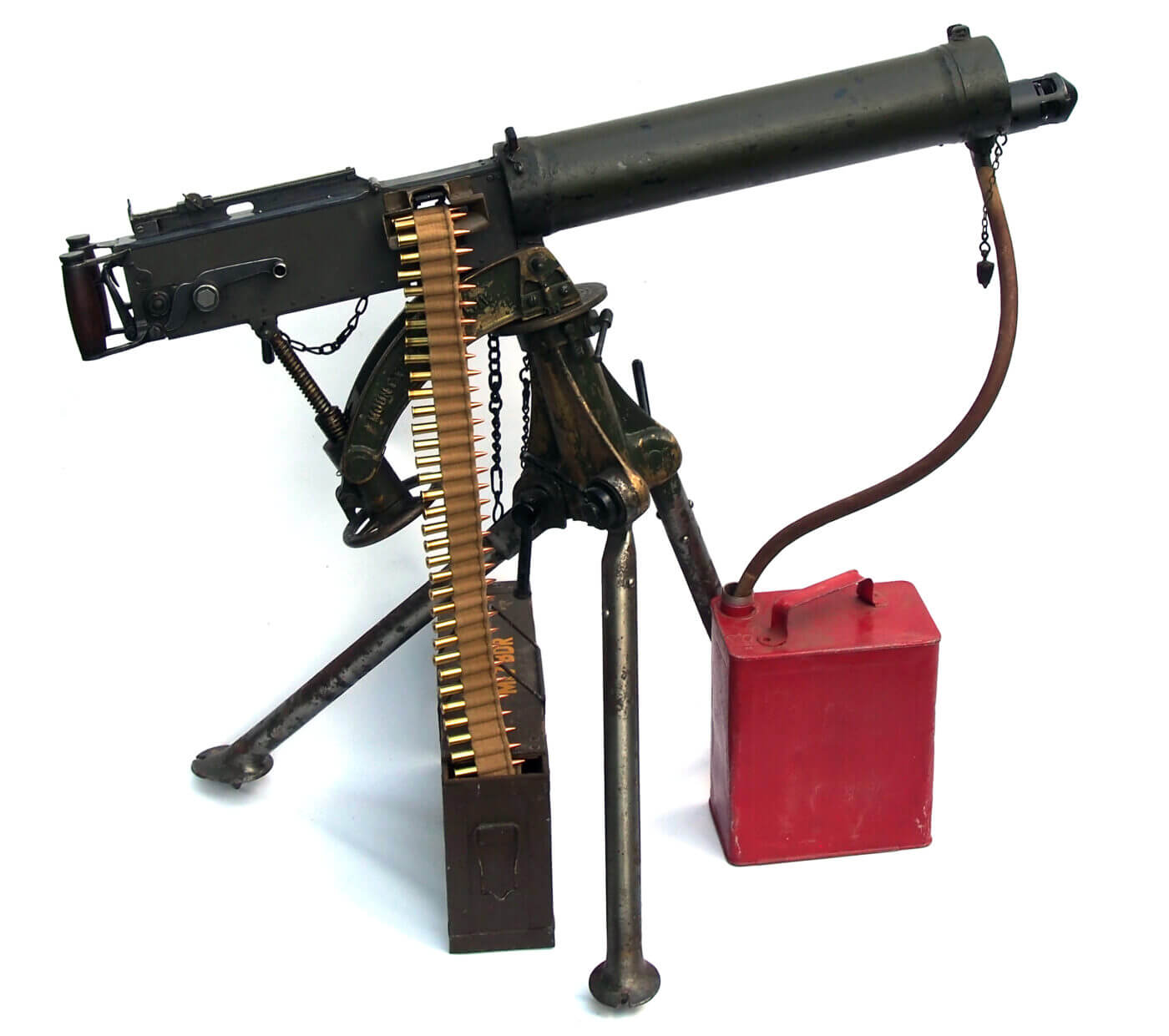
The MGC was deployed alongside the infantry to France and Belgium, Palestine, Mesopotamia, Egypt, East Africa, Salonika and Italy. It employed the Vickers as a part of defense in depth and while this helped fend off enemy attacks, members of the MGC found it hard to surrender, and because they were told to stay with their guns it was hard to retreat. As a result of the 170,000 officers and men, some 62,000 became causalities including almost 12,500 killed. The MCG earned the morbid nickname, “The Suicide Club.”
The unit was disbanded in 1922, and the Vickers was returned to the infantry.
Because the Vickers fired from a closed bolt it became the standard weapon used on British and French military aircraft as it could be used with an interrupter gear on an airplane — which allowed the weapon to fire through the propeller.
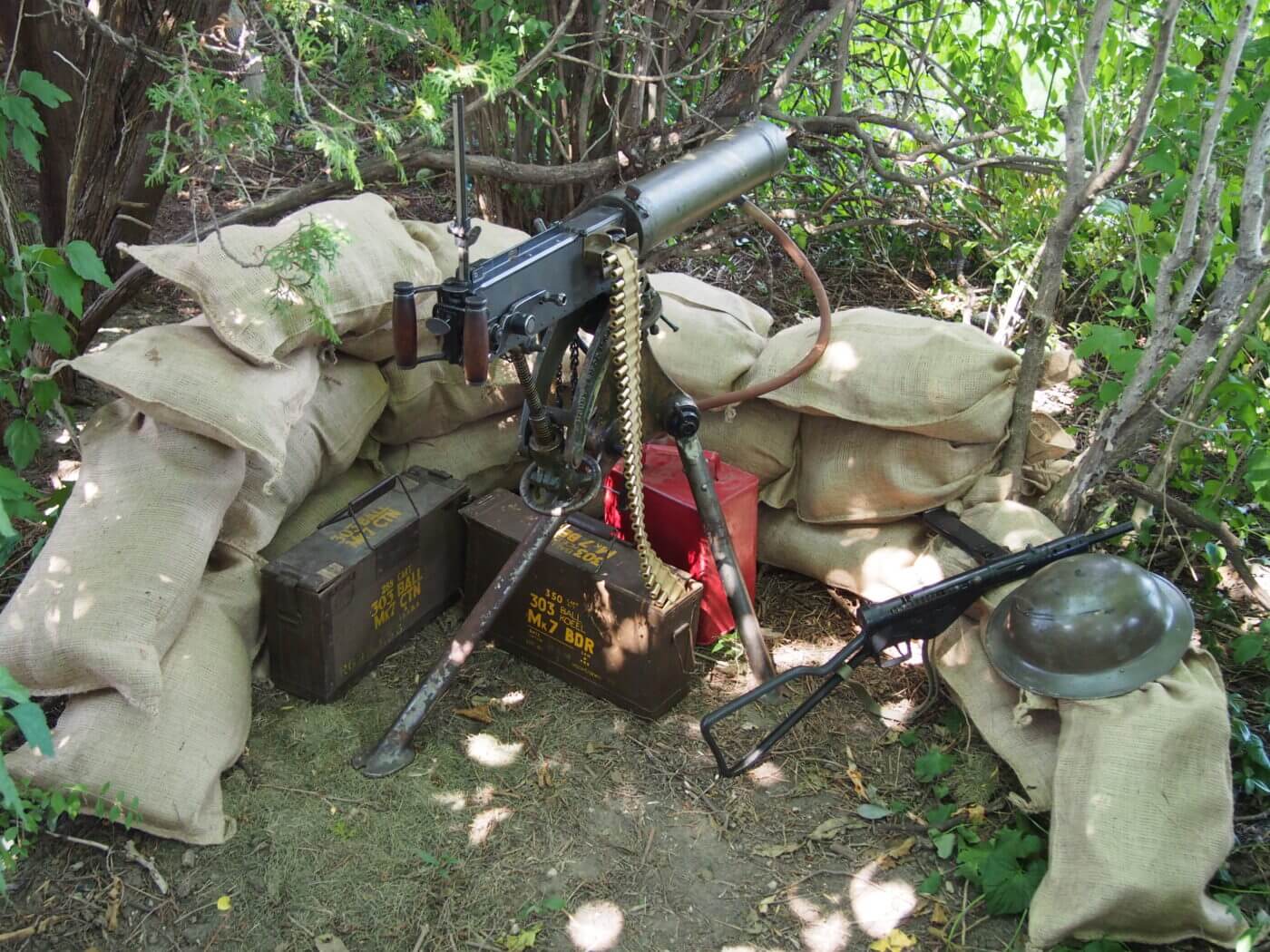
Additionally, as the weapon relied on barrel recoil, the water jacket was retained but the cooler air and the fact that the air moved over the barrel meant the water cooling wasn’t necessary. As such slotted jackets were employed, and the Vickers remained in use on the antiquated Fairey Swordfish — the type of fighter bomber that helped sink the Bismarck, Nazi Germany’s infamous battleship during World War II.
It wasn’t just on the aircraft during World War II and beyond in which the Vickers found a role. While the machine gun was largely replaced by lighter weapons such as the Bren Gun, the Vickers remained the British Army’s heavy machine gun until it was finally retired in March 1968 — and was last used in an operational role during the Aden Emergency.
However, the Vickers also saw use in the Indo-Pakistan War of 1947, the 1948 Arab-Israeli War, the Korean War and the Congo Crisis. A few have even been used in the 21st century, most recently in the Syrian Civil War.
The Vickers in Pop Culture
The Vickers made its cinematic debut in the 1918 film Hearts of the World — which is also notable in the fact that film also marked the first appearance of Germany’s MG08 version of the Maxim — but it wasn’t seen firing. In fact, it wasn’t until the 1935 American-made Lives of a Bengal Lancer that the machine gun was seen in use, and then it actually stood in for the more period-correct Maxim.
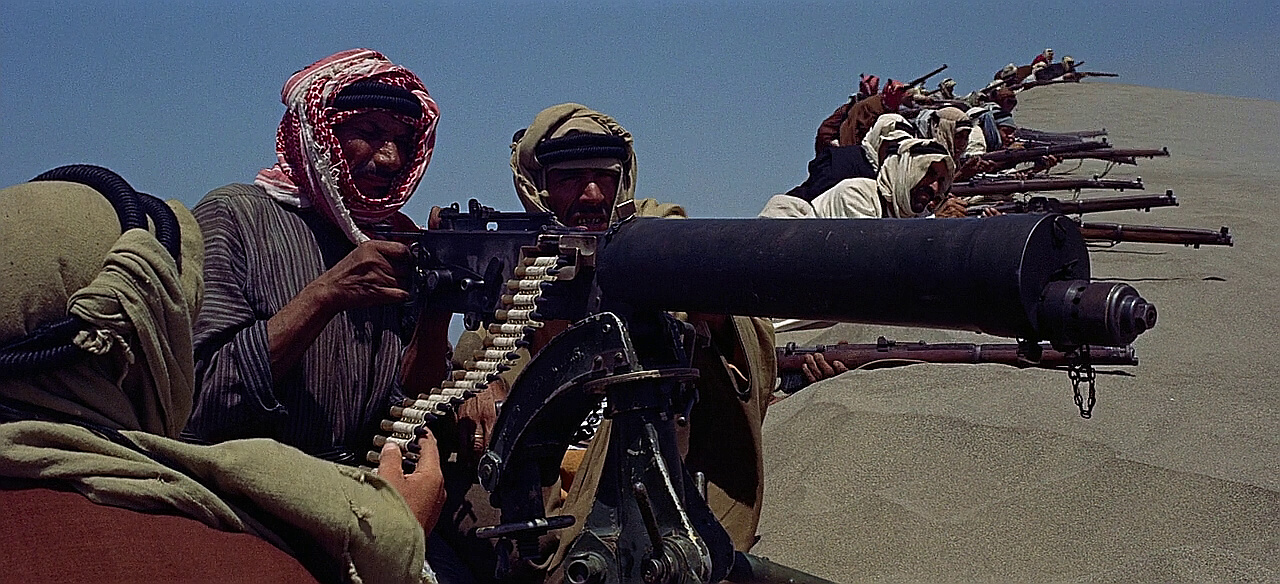
In the years that followed, the Vickers could be seen in dozens of films including Sergeant York, The Desert Rats, The Bridge on the River Kwai, Lawrence of Arabia and The Wild Geese. A Vickers was seen anachronistically in 55 Days in Peking, possibly as a stand in for a Colt M1895 machine gun, as the United States Marine Corps was never issued Maxims.
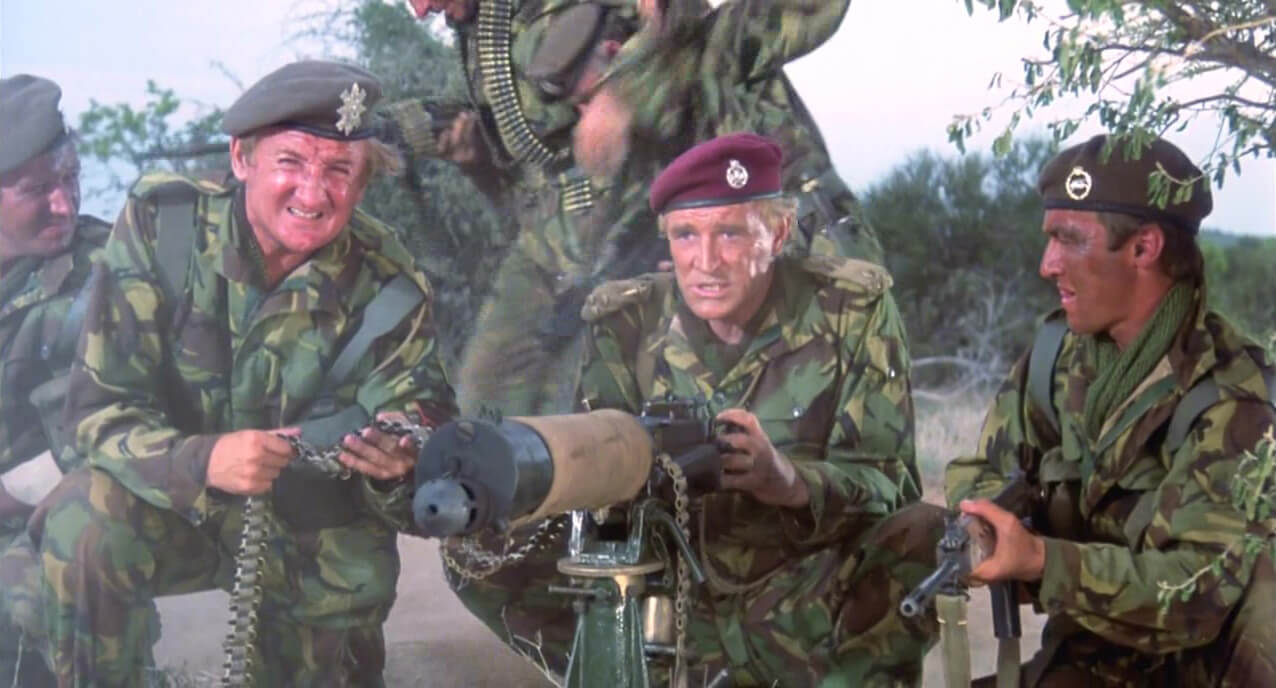
Unfortunately the Vickers hasn’t gotten the “love” from video game designers, at least not yet. It has been mostly seen as a non-useable gun in the background games such as Verdun and Battlefield 1. However it is a playable gun in the World War II shooter Day of Infamy, but as a mobile version that was never widely used. This has limited its appeal to gamers, as it certainly isn’t as famous or even infamous as more modern machine guns, but it was truly an important firearm that helped ensure Allied victory in World War I and again in World War II.
Editor’s Note: Please be sure to check out The Armory Life Forum, where you can comment about our daily articles, as well as just talk guns and gear. Click the “Go To Forum Thread” link below to jump in and discuss this article and much more!
Join the Discussion
Continue Reading
Did you enjoy this article?

 64
64






